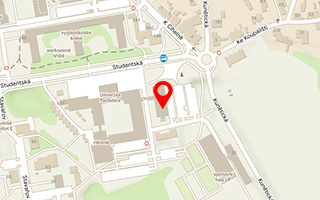Publikace detail
Closing Argument as Multimodal Oratory: Insights from the Chauvin Trial
Autoři:
Szczyrbak Magdalena Adriana
Rok: 2023
Druh publikace: článek v odborném periodiku
Název zdroje: International Journal for the Semiotics of Law
Název nakladatele: Springer
Místo vydání: Heidelberg
Strana od-do: 1109-1145
